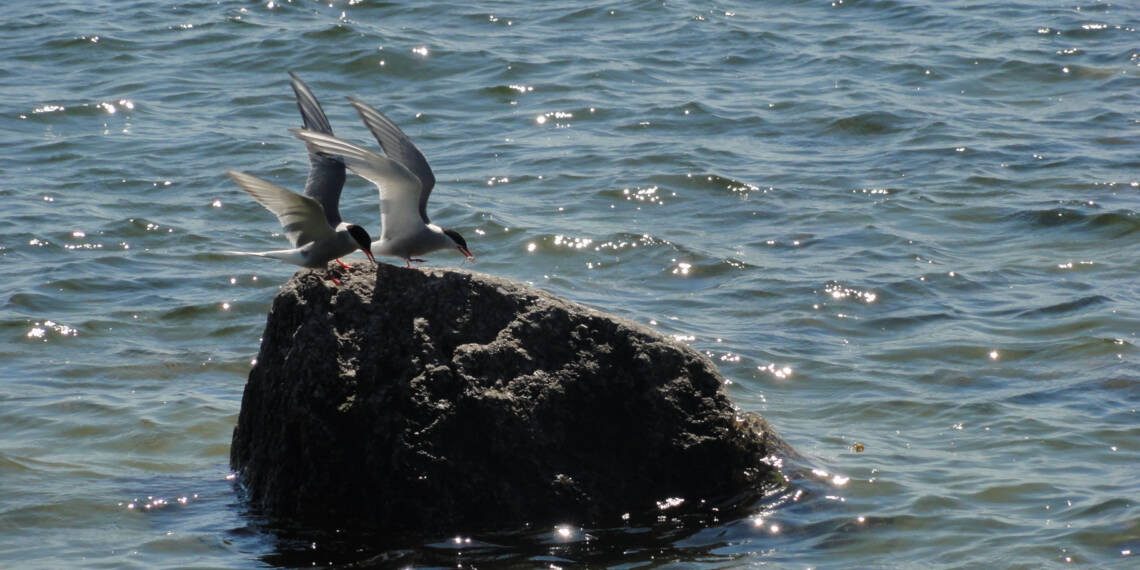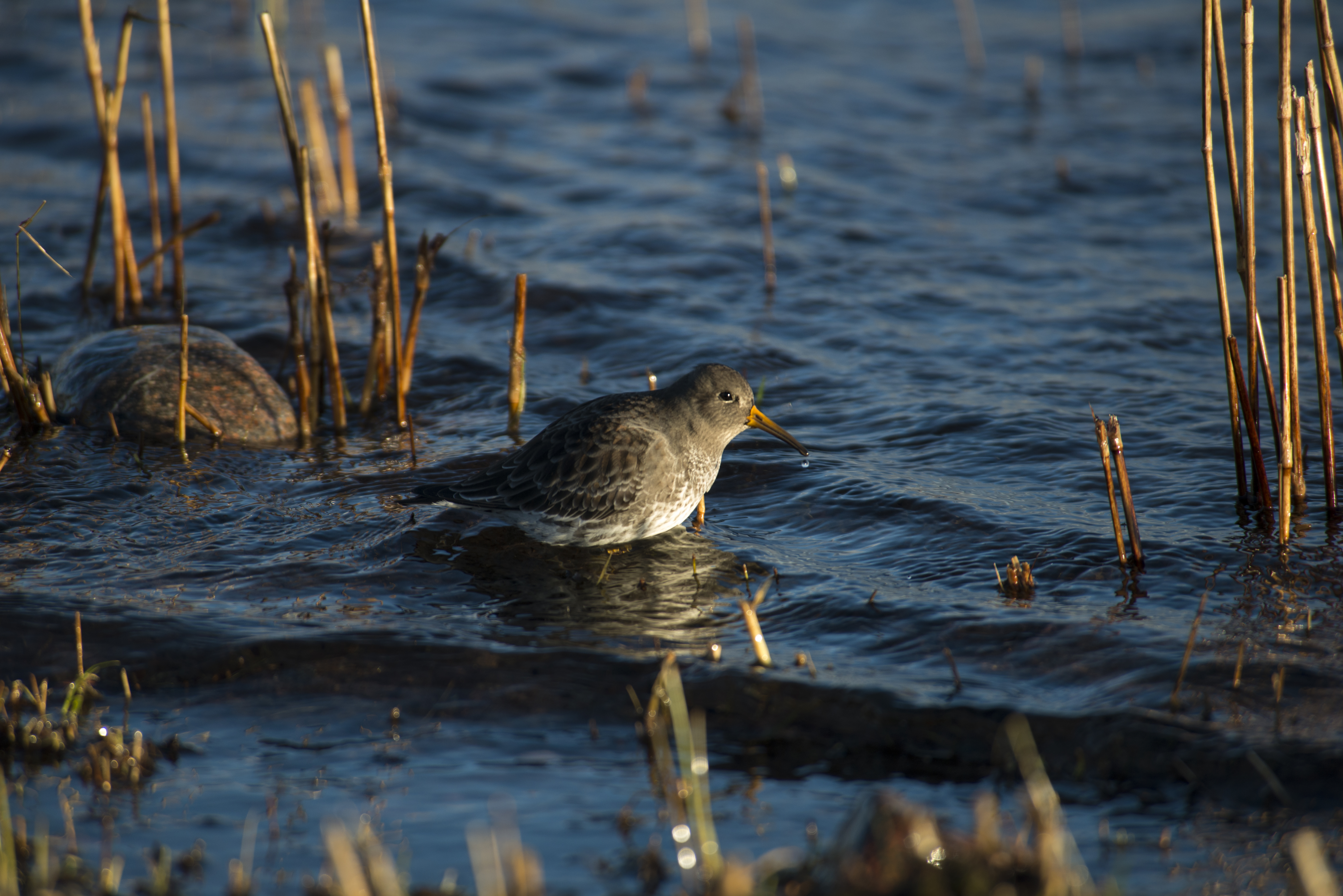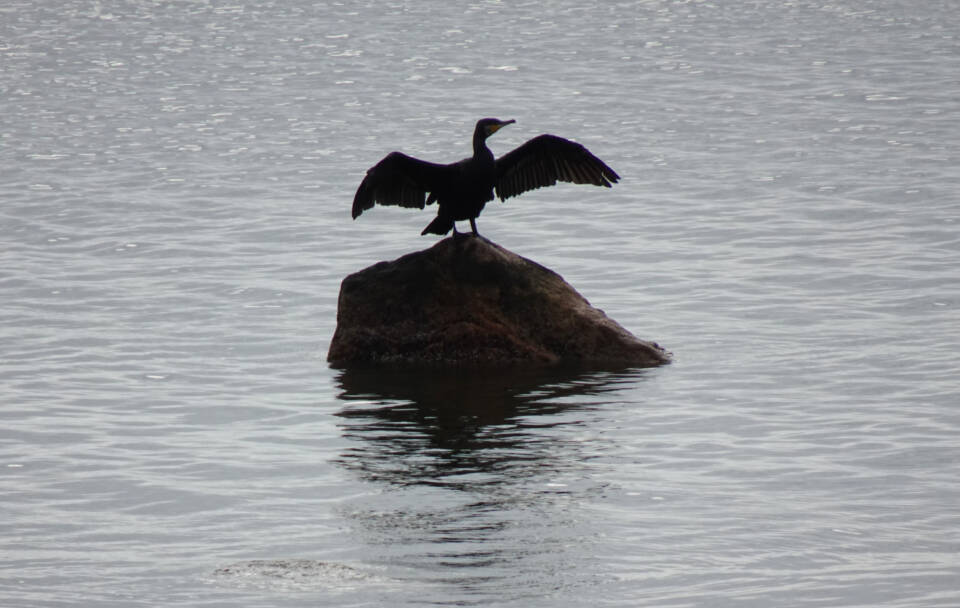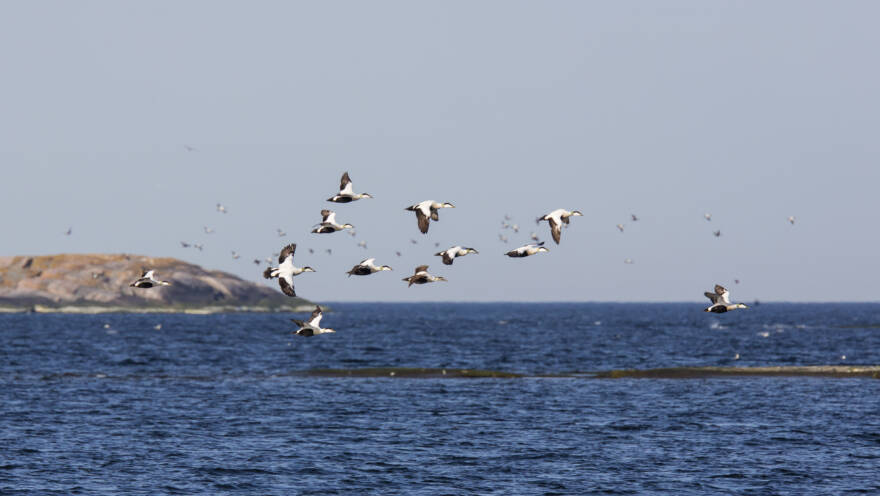
The status of seabirds has undergone major changes in recent decades
Finland’s fragmented coastline and archipelagos offer good living conditions for many seabirds. However, there have been major changes in the composition and abundance of the species over the last 30 years. The are many reasons for such changes.
A total of 29 bird species nest in Finnish sea areas. Many are also found in inland waters. Some species only found at sea include the razorbill, eider duck, and the black guillemot.
In the last 30 years, about half of the nesting birds in Finnish sea areas have increased in abundance, while the rest have declined. Successful species include many large birds, such as the whooper swan, geese species, and cormorants. On the other hand, for example, duck species, such as the velvet scoter and northern shoveller, as well as the long-tailed duck that overwinters in the Baltic Sea, have declined. There has been a varied development in the abundance of wading birds and gull species.
Indicator species describe the status of seabirds
The white-tailed sea eagle has made an impressive return to the Finnish coast. Formerly reduced by both persecution and environmental toxins, the sea eagle population has increased to such a degree in recent decades, that its status in Finnish sea areas is now mainly assessed as good. The white-tailed sea eagle is one indicator species for the status of seabirds.
Merilintujen tilaa arvioidaan seuraamalla 25 Itämerellä pesivän ja 19 talvehtivan linnun runsautta ja levinneisyyttä. The eider duck, i.e. Somateria mollissima, is an example of an indicator species whose population has declined sharply, especially on the south and southwest coasts of Finland. The decline of the eider duck began as early as the 1980s in the Gulf of Finland and has continued to this day.
There are more overwintering birds on the Finnish coast
The Baltic Sea is an important wintering area and migration route for Arctic birds. More seabirds are now wintering in Finnish sea areas than ever before because climate change has shrunk the ice sheet and made conditions more favourable.
However, this does not mean that these bird populations could have generally increased. For example, the number of long-tailed ducks in the entire Baltic Sea has fallen sharply. The main reason for this decline is probably found in the nesting areas of the species, i.e. in the northern tundra. However, long-tailed ducks are also experiencing distress in their wintering areas in the Baltic Sea, where they are hunted and also drowned accidentally in fishing gear.

The changes also affect the relationships between species
The barnacle goose is a new nesting species in the Baltic Sea. It first nested on the island of Gotland, off the southeast coast of Sweden in the early 1970s, before arriving in Finland about ten years later. Since then, the nesting population has grown strongly.
Unlike the barnacle goose, the cormorant is a returnee; cormorants lived on the coast of Finland until the end of the 19th century when the entire Baltic Sea population was destroyed for almost a century. Cormorant communities can benefit some other seabirds, as the rocky islets they nest upon protect their eggs being stolen by gulls, crows, and ravens.
The strengthening of sea eagle populations, in turn, has reduced the success of the eider duck, as many eiders end up as prey for eagles. However, the greatest threat to many seabirds is posed by terrestrial predators, especially mink.

-
 Find out more
Find out moreBirds
-
 Find out more
Find out moreBirdwatching and nature photography

